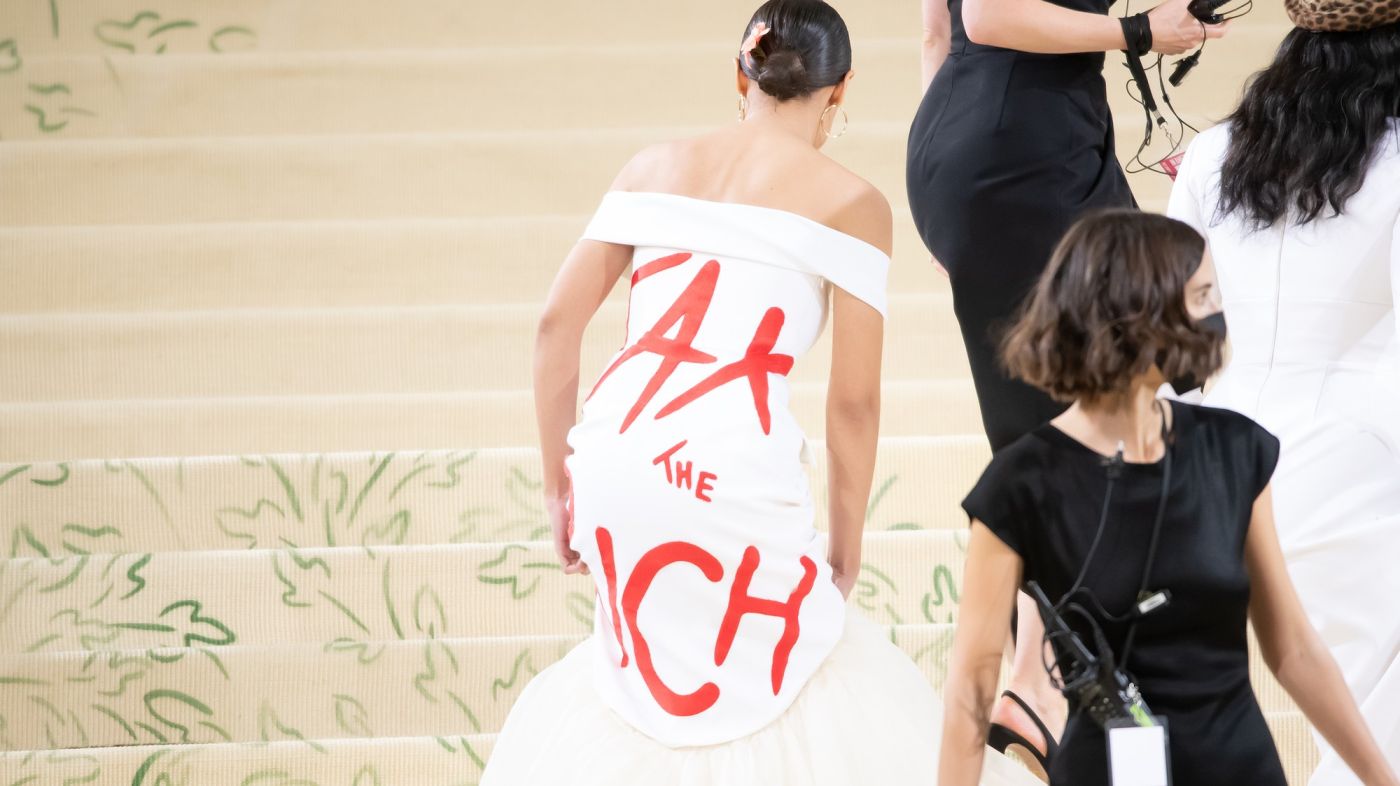Why Is It Important To Study Historical Costumes?



Fashion designers that learn unique designs that were once confined to period costumes and famous historical characters can now recreate timeless beauty through them. Fashion changes over time, including styles, fabrics, embroideries, cuts, and accessories across the gender spectrum. Vintage fashion can be revived to suit current tastes and palettes. Fashion design students should be well acquainted with the history of costumes.
Reasons for studying period costumes:
Knowledge about the culture of a land: Each place has tailored specifications regarding the dressing style. Fashion artefacts and heirlooms provide a great deal of insight into the local people who originally belonged to that land. Some ethnic dresses are related to the sentiments of people that still live there. When fashion designers create new garments following those styles, they can easily touch people's hearts who appreciate timeless pieces. Therefore, fashion designers need to know the history of each specific costume and era.
Symbolises local traditions: Some dresses act as symbols of local traditions. Fashion designers can preserve these traditions while creating new designs for the local population. They can recreate designs that have traditional value. Designers may also take inspiration from these designs to create beautiful garments with the same conventional essence that people can easily connect to. These successful traditional designs appeal to the common people, making fashion designers immensely successful.
Promotes weavers and artisans: Several traditional costumes are incredibly comfortable for wearers due to their designs and fabrics. Usually, these costumes are designed keeping in mind the climate and geography of a particular place. People living in hotter regions need to wear loosely-fitted garments made of cotton or silk. Alternatively, warmer clothes made of wool and thicker fabrics should be designed for colder areas. Fashion designers need to study the history of region-specific popular costumes. This will also promote the local artisans and weavers for specific reasons to create pieces they have spent generations mastering.
Getting more innovative: Different clothing styles provide various new ideas to competent fashion designers. They may use diverse creative skills to mix older trends to make designs that appeal to everyone, irrespective of age. Therefore, fashion designers should learn to research traditional costumes and find innovative ideas that make them unique.
Exquisite beauty in clothes: Traditional designs and art forms can birth stunning pieces. Costumes from all around the globe can inspire diverse fashion tastes. Eminent fashion designers use these traditional art forms, like old embroidery designs, to make their designs more attractive. Various Asian and European vintage costumes can inspire several lines of luxurious boutiques.
Exciting historical information: Details of costumes used by historical characters can reveal much historical insight as they tell us about the rich heritage of a place, making the descendants proud of their culture. Thus, pictures of different historical costumes can be the best source of helpful information that can aid fashion designers in creating popular clothing designs. For example, the Spanish influence on traditional dresses of the Philippines indicates the former’s reign over the island nation. There are many books written on the history of traditional costumes, which passionate designers can reference.

Inclusion of mythological costumes: Many prominent fashion brands launch luxurious designs that are fusions of history and mythology, making wearers proud of their choices. Fashion designers of these companies create beautiful designs after prolonged research on traditional global costumes. Some of these designer clothes make for a notable wardrobe collection. Designers induce designs noted in the pictures of ancient Greek deities to create classy and elegant garments.
Few varieties of traditional costumes are seen in different parts of the world:
Sari: Traditional to Indians, it is famous across the land. A sari can be woven from threads of cotton, jute, silk, or synthetic materials. It is a simple cloth of more than 5 metres that can be draped in a million different ways, varying from region to region. Various colours and designs can be printed or embroidered on saris to make them look more beautiful and intricate.
Kimono: This traditional Japanese dress is infamous to the Japanese population. It is a loosely-fitted robe with long and wide sleeves and is tied on the waist with a broad sash, similar to a dressing gown. It is available in cotton, satin, or silk. The Japanese usually prefer wearing kimonos at their weddings and other social festivals. It is a comfortable choice to suit the warm climate of the country.
Sarafan: A Russian folk costume, usually worn by women, a sarafan is a long, sleeveless, and collarless dress that was a staple till the early 20th century. This trapezoidal, flowing dress is usually paired with Kokoshnik's traditional headdress. Now, this jumper dress is worn by artists performing Russian folk dance and songs.
Breton costume: This is a traditional dress from Brittany, a peninsular region in western France. Women wear long gowns with lace collars, accompanied by white aprons and lacy headdresses called Coiffe. Men’s costumes comprise a simple white shirt, tightly-fitted vest, and black trousers. Not as in vogue anymore; this is reserved for religious gatherings.
Pashtun dress: Belonging to the Pashtun or Pathan tribe of Afghanistan, this is a staple of the people there. Men wear Shalwar-Kamees, paired with a round cap called Pakol or a Karakul hat. Some Afghans also wear a turban as the headdress made by winding a piece of cloth around the head. Firaq-Partug is the traditional wear of the Afghan women, along with a Chador, where the Firaq is the upper garment, also called Kameez, Partug is the shalwar, or lower garment Chador is the scarf covering the head.
Chanel suit: Typical to the women in New York, this style originated in Paris, designed by a French luxury fashion brand in 1910 called Coco Chanel. It is a two-piece suit comprising an A-line skirt and collarless jacket with metallic buttons. Usually, both the skirt and jacket are made of tweed, a thick woollen fabric. This straight skirt reaches just below the knees, and the jacket is usually lined with crepe, jersey, or silk.
Balinese dress: This traditional costume is usually seen in the temples of Bali; visitors to these temples are encouraged to don these as well. It consists of a skirt designed like a sarong called Kain, along with a broad sash called Selendang. Balinese women wear a long-sleeved blouse called Kebaya to complement the costume. This dress is usually made of ikat or batik fabric, comprising vivid bright colours.

Tracht: This costume is traditionally worn in Germany and Austria. ‘Tracht’ is a German word translating to ‘which is worn’. It is categorised into different varieties based on the region's culture where it is designed. Friesische tracht is a garment extensively adorned with embroideries and beadwork and is mainly destined to be wedding attire. Lederhosen is the name given to the tracht meant for men, while Dirndl is the tracht designed only for women in southeast Germany. Six varieties of Alpine trachts can be seen as traditional dresses in the regions around the Alps.
Gho: The national dress of Bhutan, the quaint Himalayan kingdom to the north of India and south of Tibet, Gho is versatile and comfortable. Men wear it as a gown that reaches the knees and is tied with a belt called Keram, accompanied by a colourful silk scarf called Kabney. This gown reaches till the ankles for women and is called Kira, paired with a scarf called Rachus.
There are numerous other historical costumes in various parts of the world symbolising different ethnic groups and cultures. Thus, fashion designers need to research these garments and their origins to weave newer, seamless stories of their own.



















